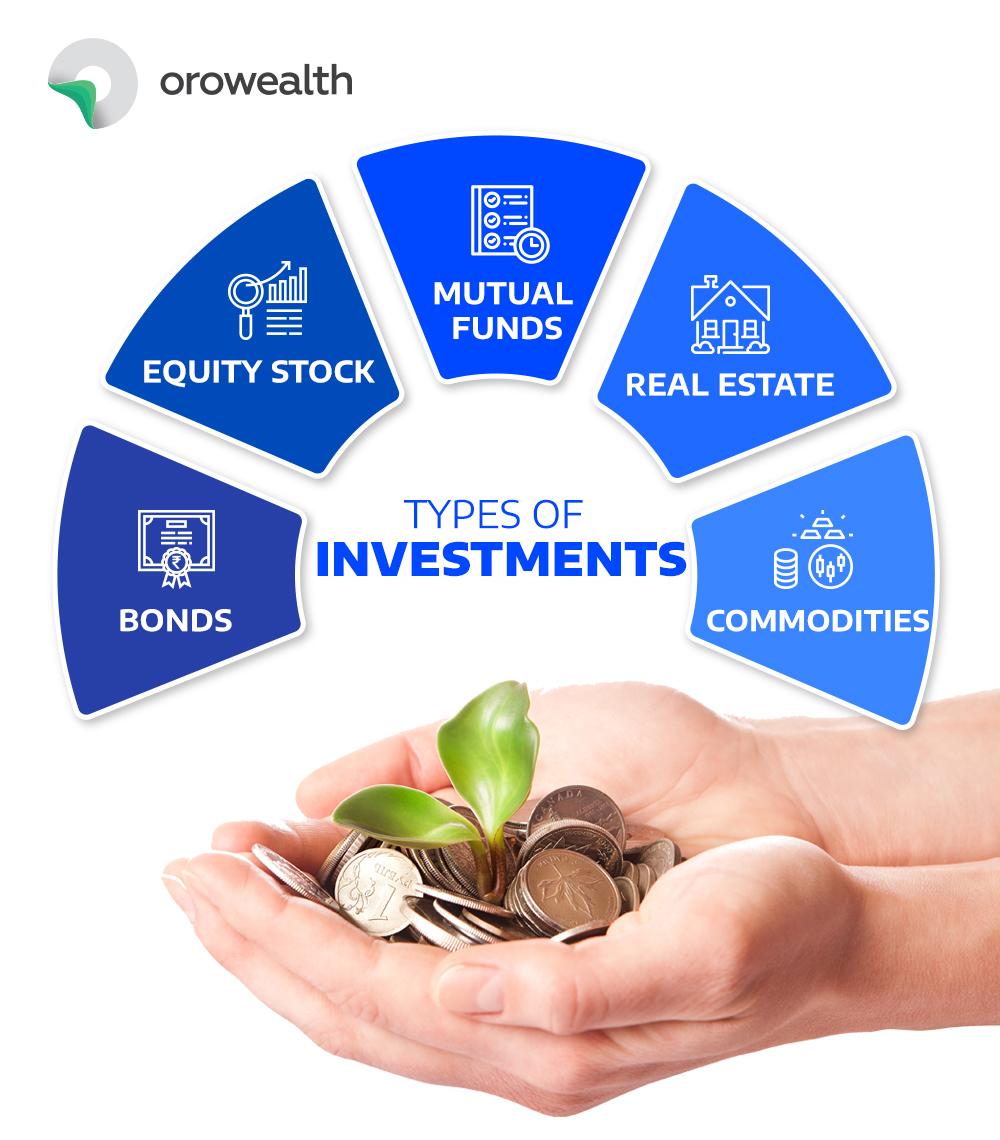
Investing vs. Gambling: Understanding the Line Between Risk and Reward
For many, the world of finance can seem like a game of chance. The unpredictable nature of markets and the potential for substantial gains or losses often lead to comparisons between investing and gambling. While both activities involve risk and the hope of profit, the underlying principles, strategies, and long-term implications are vastly different. This article delves into the nuances of investing and gambling, clarifying the line between calculated risk-taking and pure chance.
Defining the Terms
Before we dissect the differences, let’s define what we mean by investing and gambling:
-
Investing: Investing is the act of allocating capital (money) with the expectation of receiving a future benefit or profit. This typically involves purchasing assets like stocks, bonds, real estate, or commodities with the intention of holding them for a period of time. The goal is to generate income (dividends, interest, rent) and/or capital appreciation (an increase in the asset’s value).
-
Gambling: Gambling is the wagering of money or something of value on an event with an uncertain outcome, primarily for the chance of winning additional money or prizes. Examples include casino games (poker, blackjack, roulette), lotteries, sports betting, and speculative bets on short-term market movements.
Key Differences
The distinctions between investing and gambling are significant and multifaceted:
-
Underlying Asset Value:
- Investing: Investments are typically based on the inherent value of an asset. Stocks, for instance, represent ownership in a company. Their value is tied to the company’s financial performance, growth prospects, industry trends, and overall economic conditions. Real estate has intrinsic value based on location, size, utility, and market demand.
- Gambling: Gambling often lacks any underlying asset value. The outcome is determined purely by chance. A lottery ticket has no inherent worth; its value lies solely in the possibility of winning. A bet on a sports game is contingent on the performance of athletes and teams, not on any tangible asset.
-
Time Horizon:
- Investing: Investing is generally a long-term strategy. Investors typically hold assets for months, years, or even decades. This allows time for the asset to appreciate in value, for the company to grow, or for the market to recover from downturns. Long-term investing is underpinned by the power of compounding, where returns generate further returns over time.
- Gambling: Gambling is inherently short-term. Outcomes are usually determined within minutes, hours, or days. There is no expectation of long-term growth or compounding.
-
Risk Management:
- Investing: Prudent investors employ risk management strategies to protect their capital. This includes diversification (spreading investments across different asset classes to reduce the impact of any single investment), setting stop-loss orders (automatically selling an asset if it falls below a certain price), and conducting thorough research before making investment decisions.
- Gambling: While some gamblers may employ betting strategies, risk management is often limited to setting a budget and accepting the potential for complete loss. The house always has an edge in most gambling activities, making it difficult to consistently win in the long run.
-
Information and Analysis:
- Investing: Investing decisions are typically based on research, analysis, and understanding of the underlying asset. Investors analyze financial statements, industry trends, economic data, and company management to make informed decisions.
- Gambling: Gambling often relies on luck, intuition, or limited information. While some gamblers may analyze statistics or trends, the outcome is ultimately determined by chance.
-
Control and Influence:
- Investing: Investors have some degree of control and influence over their investments. They can choose which assets to buy, when to buy or sell, and how to manage their portfolio. Active investors may even engage with company management or vote on corporate matters.
- Gambling: Gamblers have virtually no control over the outcome. They place their bets and accept the results, which are determined by random events.
-
Expected Value:
- Investing: Successful investing aims for a positive expected value. This means that, over time, the potential gains are expected to outweigh the potential losses.
- Gambling: Gambling typically has a negative expected value. The odds are stacked against the gambler, and the house is designed to win in the long run.
When Investing Resembles Gambling
While the distinctions are clear in theory, investing can sometimes resemble gambling in practice. This occurs when:
- Speculation: Speculation involves taking on excessive risk in the hope of achieving quick profits. This often involves trading on short-term market movements, investing in highly volatile assets, or using excessive leverage (borrowed money). Speculation can be likened to gambling because it relies more on luck and timing than on fundamental analysis.
- Following the Herd: Making investment decisions based on popular trends or market hype without conducting independent research is akin to gambling. It’s essentially betting that the trend will continue, without understanding the underlying reasons.
- Lack of Knowledge: Investing in assets without understanding their risks and potential rewards is also gambling. It’s like placing a bet without knowing the odds.
- Day Trading: Day trading, which involves buying and selling assets within the same day, can be highly speculative. It requires exceptional skill, discipline, and knowledge of market dynamics. For most individuals, day trading is more akin to gambling than investing.
The Role of Risk Tolerance
Both investing and gambling involve risk, but the nature and magnitude of the risk differ significantly. Investors need to assess their risk tolerance and choose investments that align with their comfort level. Higher-risk investments, such as growth stocks or emerging market bonds, have the potential for higher returns but also carry a greater risk of loss. Gambling, on the other hand, typically involves a high degree of risk with a lower probability of success.
The Importance of Financial Literacy
Financial literacy is crucial for distinguishing between investing and gambling. Understanding basic financial concepts, such as compound interest, diversification, risk management, and asset valuation, empowers individuals to make informed decisions and avoid speculative pitfalls.
Conclusion
Investing and gambling are distinct activities with different goals, strategies, and risk profiles. Investing is a long-term endeavor focused on building wealth through informed decisions and risk management. Gambling is a short-term pursuit of luck-based gains with a high probability of loss. While investing can sometimes resemble gambling when it involves speculation or a lack of knowledge, the fundamental principles remain different. By understanding the nuances of each activity and developing financial literacy, individuals can make informed decisions that align with their financial goals and risk tolerance. The key takeaway is that investing is a calculated approach to wealth creation, while gambling is a game of chance.



